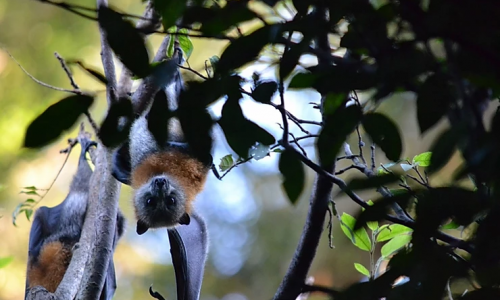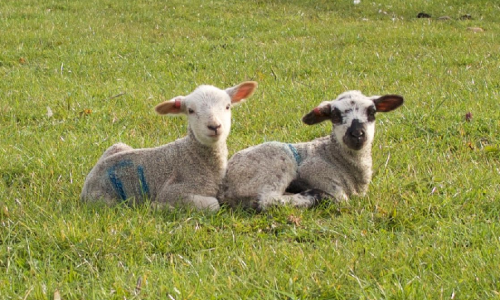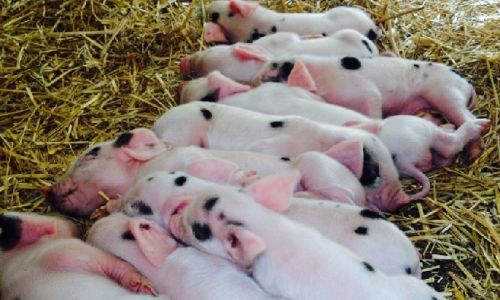Positioning Veterinary Services in Forced Migration
Dorien Braam, Praxis Labs
There are usually few signs of animals among the rows of identical shelters in refugee camps. Besides the occasional donkey and pet birds, most livestock is banned from residing in formal relief sites due to the perceived risk to public health. Zoonoses – diseases transmittable between animals and humans – are a great concern in populations that live closely together in basic shelters with limited health and sanitation facilities. While these concerns are particularly relevant in less structured informal settlements, which are characterized by improvised shelters and sanitation, these often include structures to accommodate livestock such as goats, sheep and poultry. Tiny tents and sheds can be found from Syrian refugee settlements in Jordan to informal camps for Internally Displaced Persons (IDPs) in Somalia.
Forced migration disproportionally affects countries and regions dependent on agriculture and livestock. The UN refugee organization UNHCR in 1998 drafted ‘Environmental Guidelines: Livestock in Refugee Situations’ to better facilitate livestock in humanitarian emergencies, with a specific focus on how to mitigate the negative effects of large refugee populations and their livestock to semi-arid and arid regions. Several years later, the organization followed up with a more comprehensive handbook on livestock keeping and animal husbandry in refugee and returnee situations in 2005. Over the years, other organizations, such as the International Committee of the Red Cross and Red Crescent Societies (ICRC) developed their own handbooks on how to best provide assistance to communities with displaced livestock.
By 2005, these organizations jointly worked on the Livestock Emergency Guidelines and Standards (LEGS) on how to plan and manage livestock interventions in a humanitarian emergency in line within Sphere’s minimum humanitarian standards. The handbook has since been updated and a variety of training and communication resources were added, while trainers are regularly trained on how to share LEGS implementation modalities with veterinarians and other professionals in their home countries. Furthermore, in support of LEGS, FAO published a manual on livestock-related interventions during emergencies. Unfortunately, there remains little evidence on the use of any of these guidelines, and the level of participation of veterinarians in humanitarian emergencies and refugee contexts remains low, not in the least due to a lack of donor interest.
Currently, ad-hoc funding provides humanitarian organizations with the opportunity to implement limited targeted livestock support projects. These include FAO’s vaccination campaigns to protect livestock against transboundary diseases originating in Syria in neighboring countries and vaccinations to protect both refugee and host livestock populations in Niger, funded by UNHCR. In Pakistan animals were vaccinated and housed after the 2005 earthquake, while in the Sahrawi refugee camps in Western Africa, veterinary services are provided by non-governmental organizations (NGOs). Even if services are available however, tradition and social pressure determines whether people access resources such as veterinary care. Meanwhile, no structural veterinary services are provided to livestock and their owners living in informal tented settlements, let alone to unregistered IDPs.
While zoonoses are a valid public health concern among the displaced, more research is required on the complex interaction between livestock and health. For example, while the presence of animals may indeed increase the transmission risk of zoonotic diseases, any improvement in nutrition will support people’s immune system. Veterinary services are essential in an interdisciplinary approach to protect public health as well as people’s livelihoods and assets, and therefore deserve to play a much larger role in forced migration contexts.
Dorien Braam
PhD Candidate at the Disease Dynamics Unit (Twitter @CambridgeDDU) at the University of Cambridge funded by the Gates Cambridge Trust, and Director of Praxis Labs (Twitter @PraxisLabsHK), a global research collective focusing on displacement, protection, labour migration and health. Her PhD research looks at the risks of zoonotic disease transmission among displaced populations.
Do you have experience of providing assistance to communities with displaced livestock?
More research is required on the complex interaction between livestock and health.



